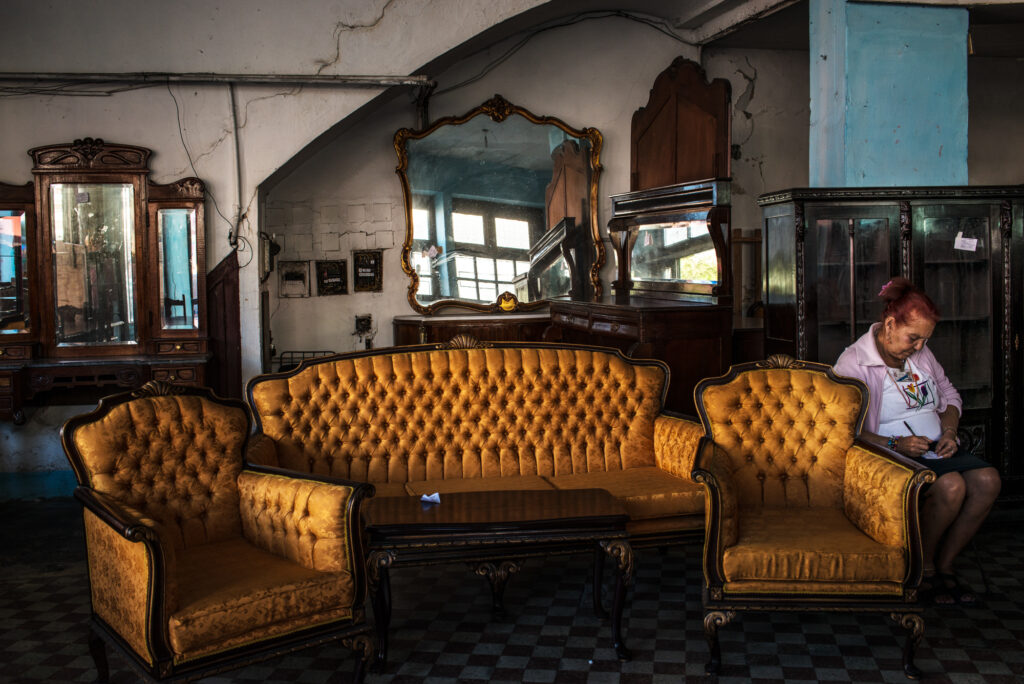notes ... |
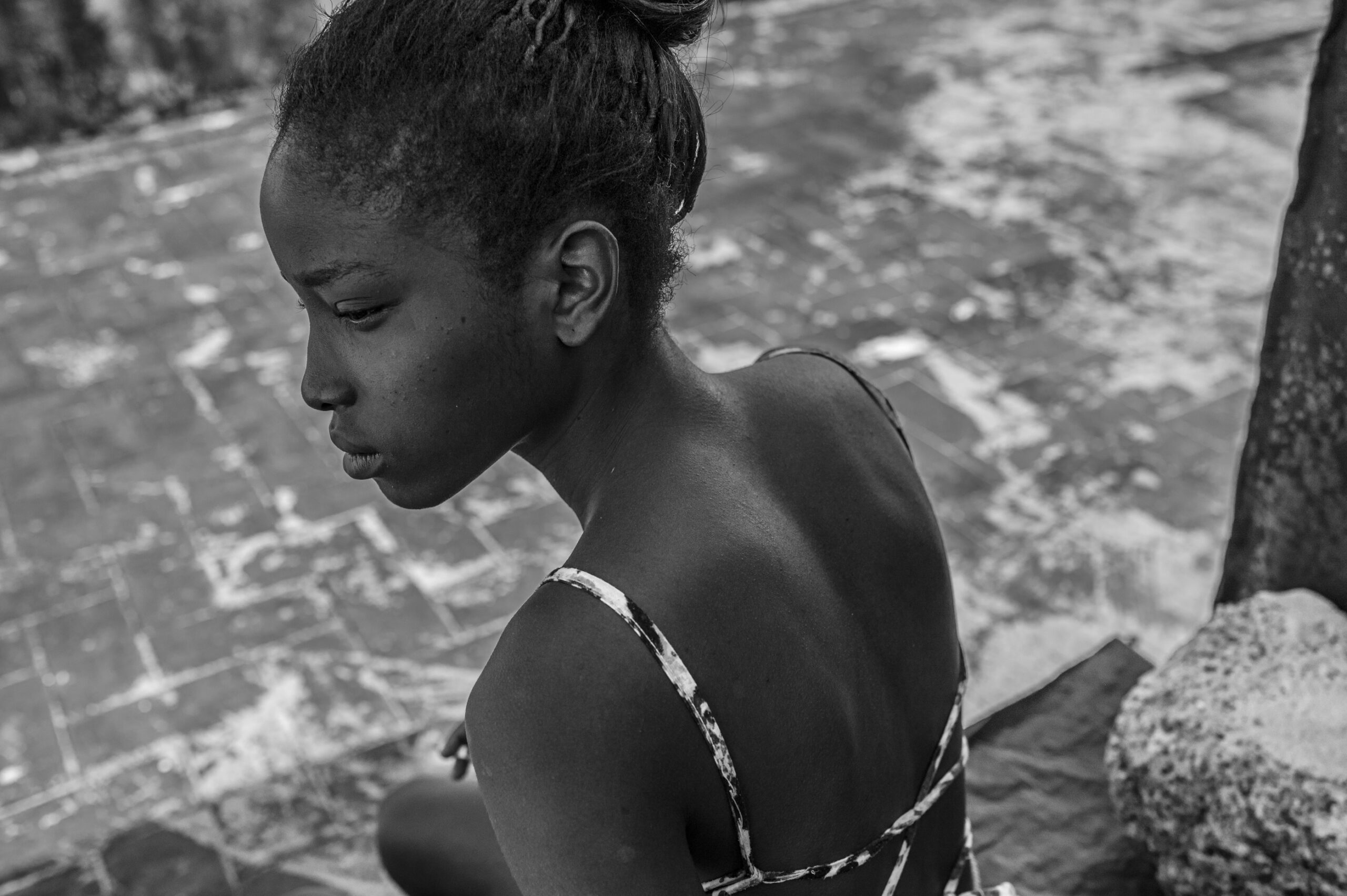
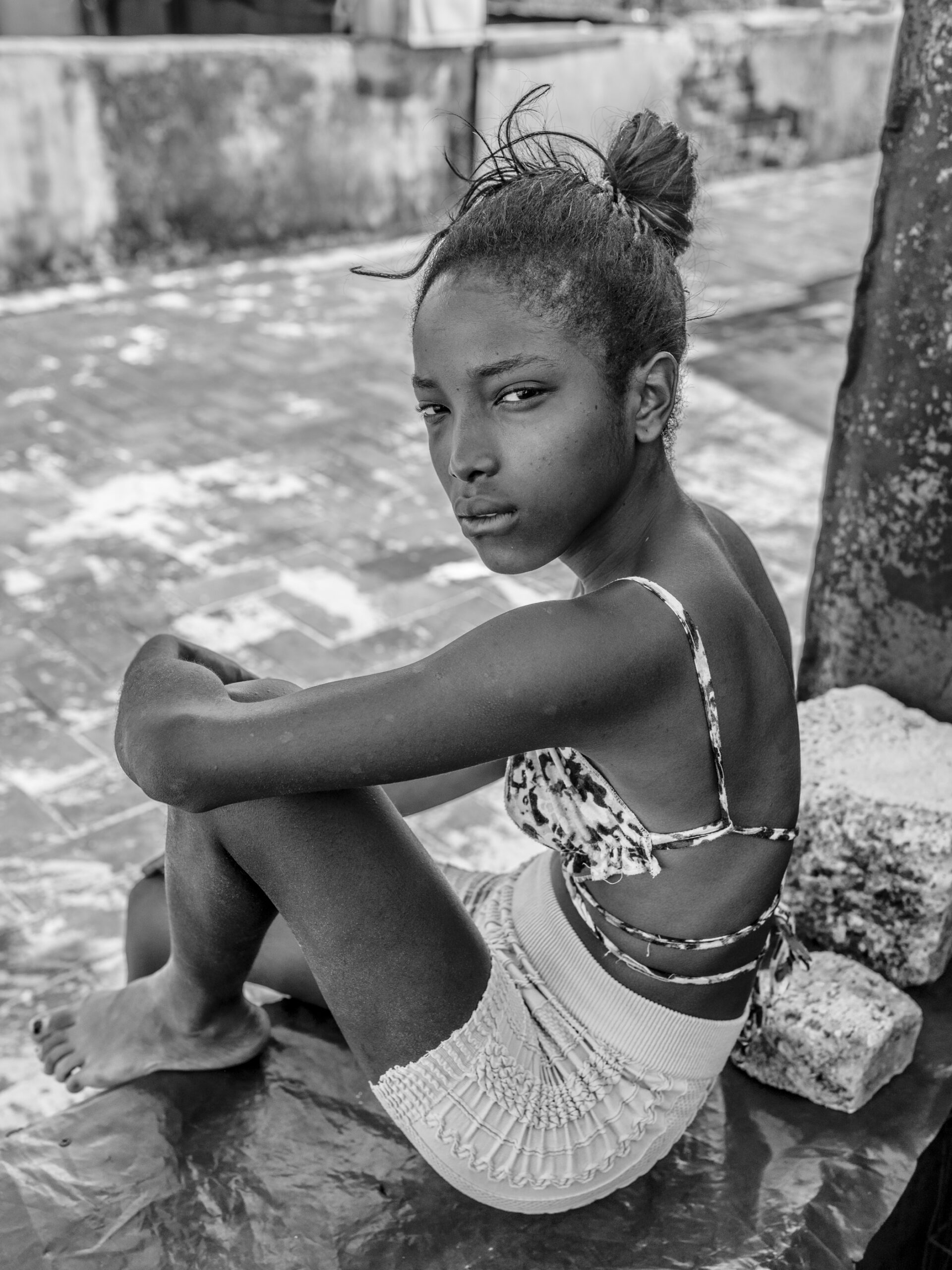
Capturing the Essence of Havana
Category : Readings
"Join me for an unforgettable photographic journey"
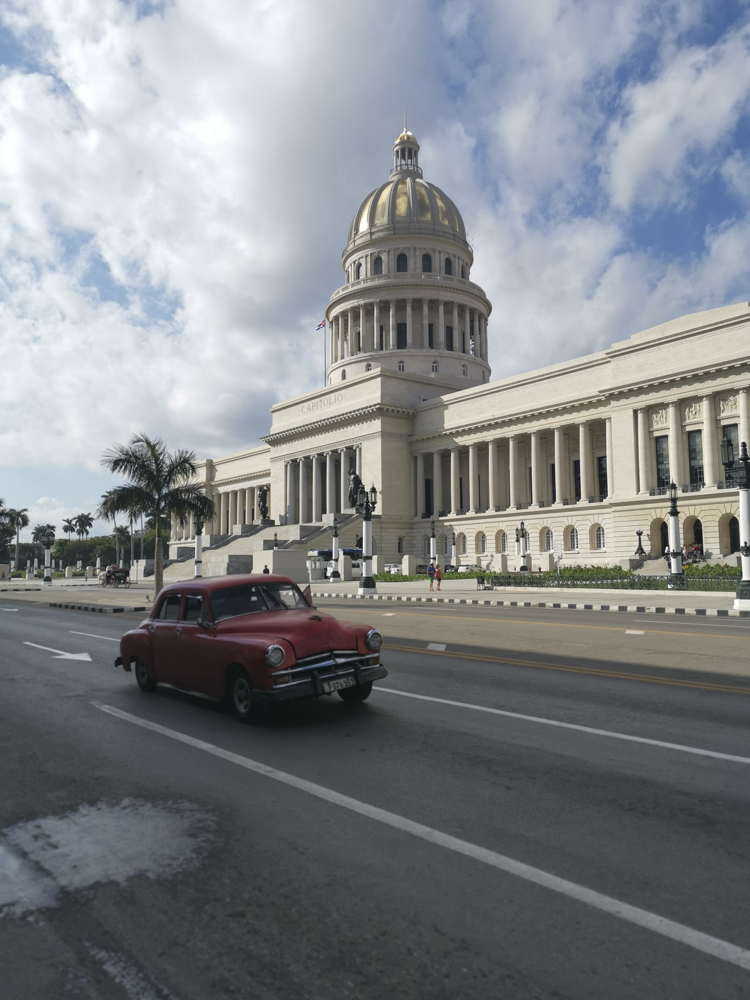
Tasks for our daily workshop excursions
Category : Task
On each workshop day, we will meet, depending on our day's theme, either early in the morning or at noon and take on a photographic assignment in the context of the city and its culture and history.

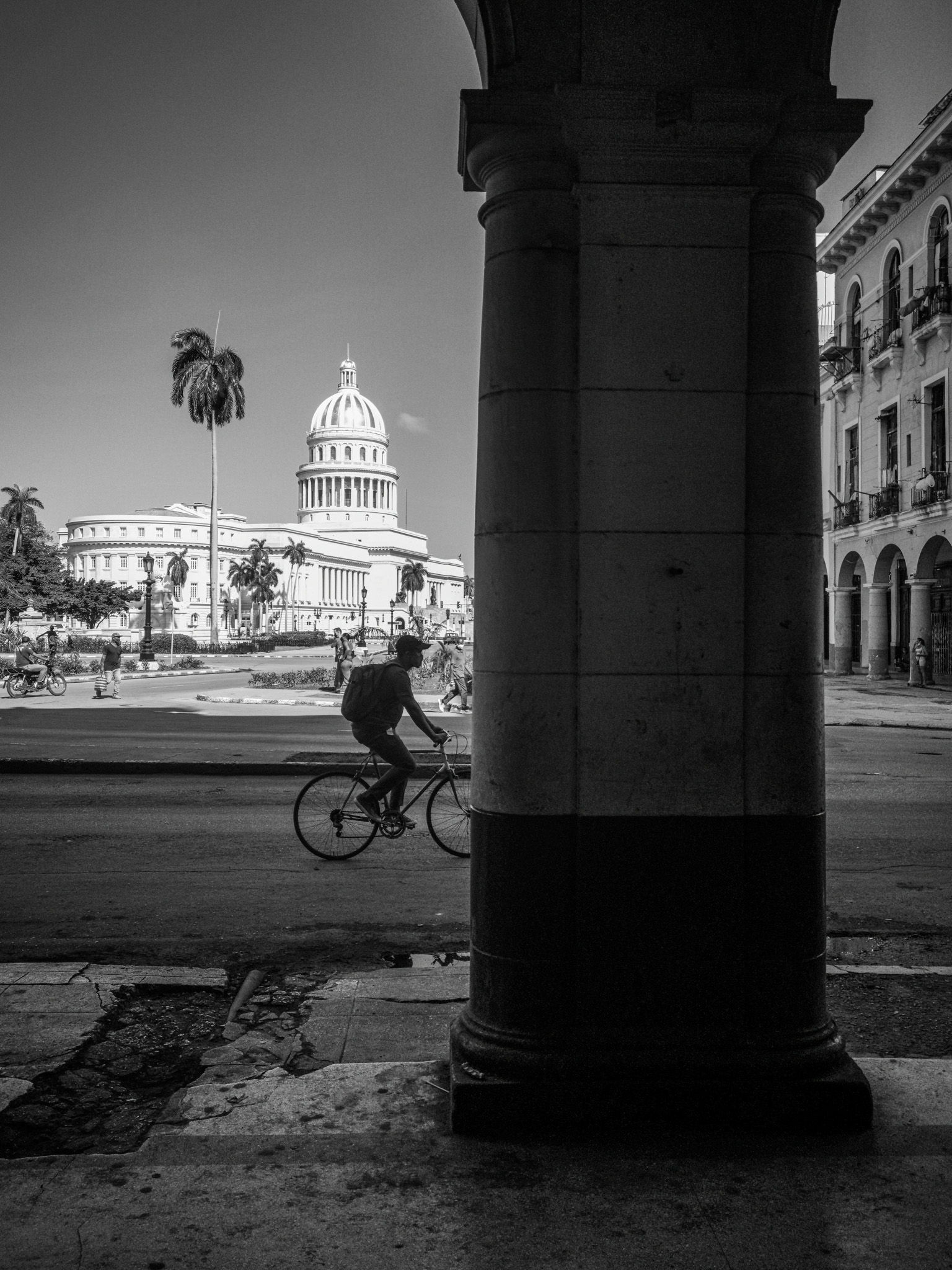
Task 01 | Go somewhere really touristy and take non-tourist pictures
Category : Task
Going somewhere really touristy and taking non-tourist pictures can be a fun and challenging way to find beauty in familiar places.


Task 02 | Shoot close on busy street, without your presence being felt
Category : Task
When standing on a busy street, it is important to understand who is first on the scene and who belongs to the scene.


Task 03 | Contrast, movement and stillness in a single frame
Category : Task
Contrast, movement, and stillness can all be powerful elements in a single frame, adding visual interest and creating a sense of tension or balance.

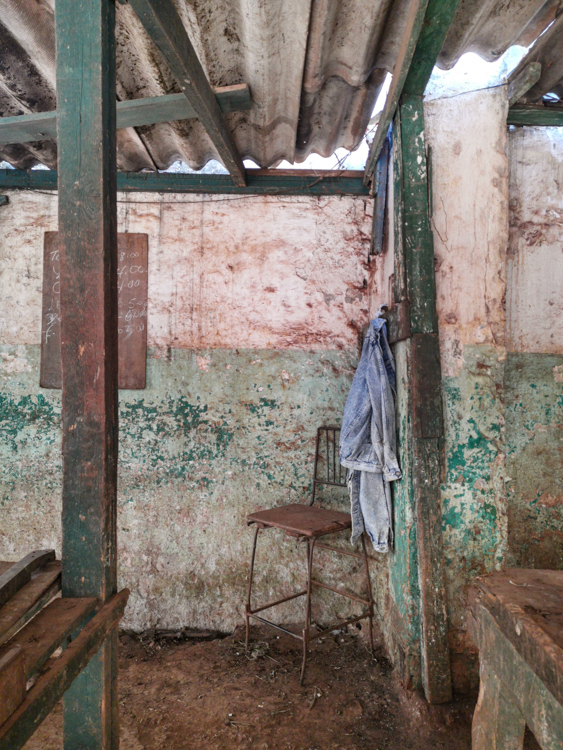
Task 04 | Show beauty in the banal
Category : Task
One way to find beauty in the banal is to look for patterns and symmetry in everyday objects and scenes.


Task 05 | Instil a powerful narrative in your picture
Category : Task
A powerful narrative in a picture is one that tells a story or conveys a message in a way that engages and resonates with the viewer.

Task 06 | Create a picture within a picture
Category : Task
Using a picture within a picture can be a effective composition technique in photography because it allows you to create a sense of depth and perspective within the frame.

Task 07 | Take a beautiful picture that follows no composition rules
Category : Task
Experiment with different angles and perspectives: Instead of adhering to traditional composition rules, try shooting from different angles and perspectives to see what works best for your subject matter.
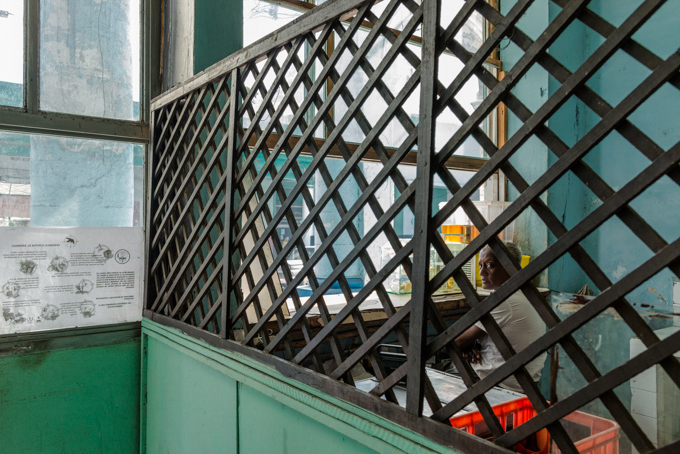
Task 08 | Enhance the drama by working with strong compositions lines
Category : Task
Composition refers to the way the elements of a photograph are arranged within the frame. It is a crucial aspect of photography, as it determines how the viewer's eye is drawn to different parts of the image and what elements are emphasized.
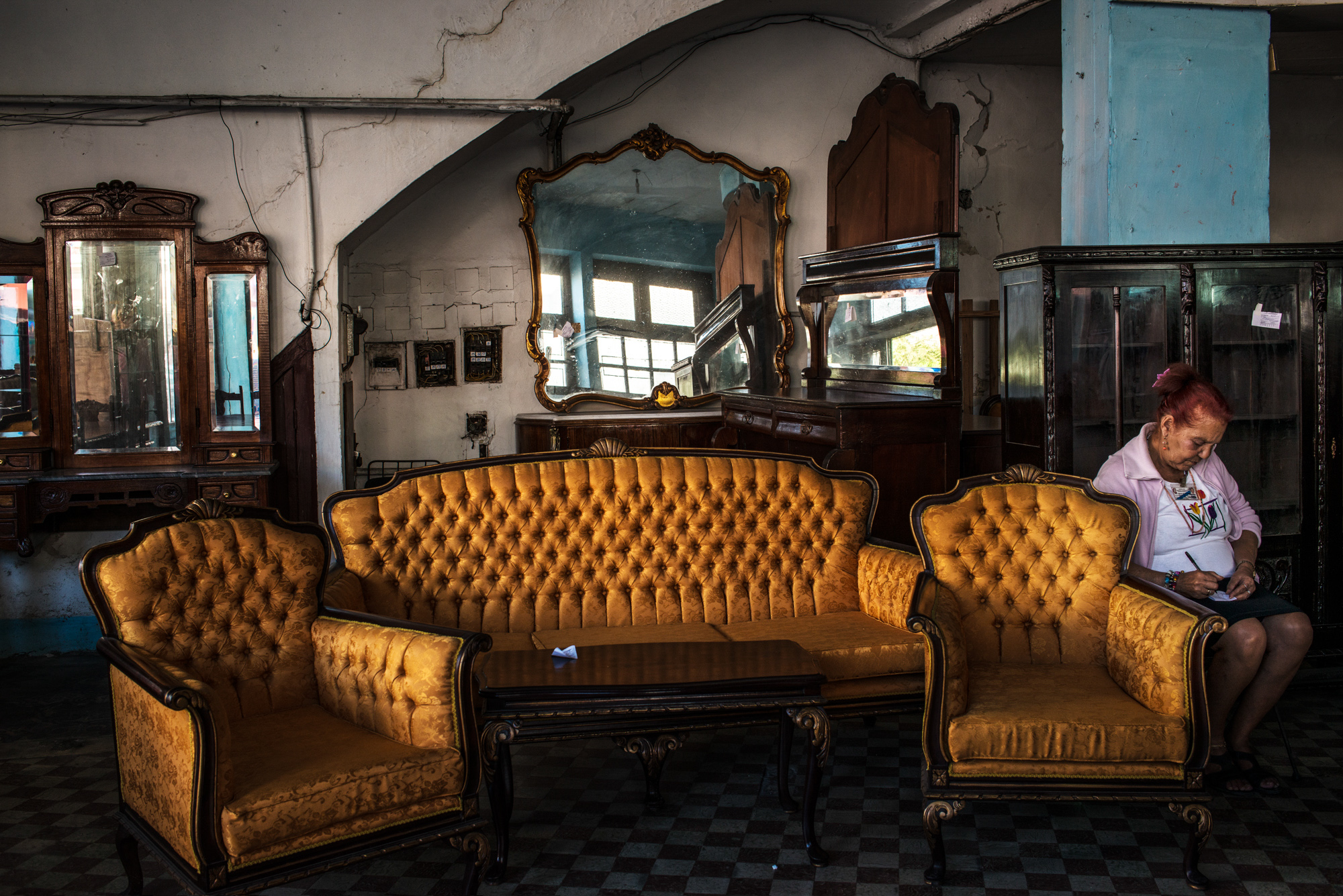
Task 16 | Create a drama around the edge of your frame
Category : Task
If you want to create drama around the edges of the frame when taking the picture, rather than in post-production, there are a few techniques you can try.
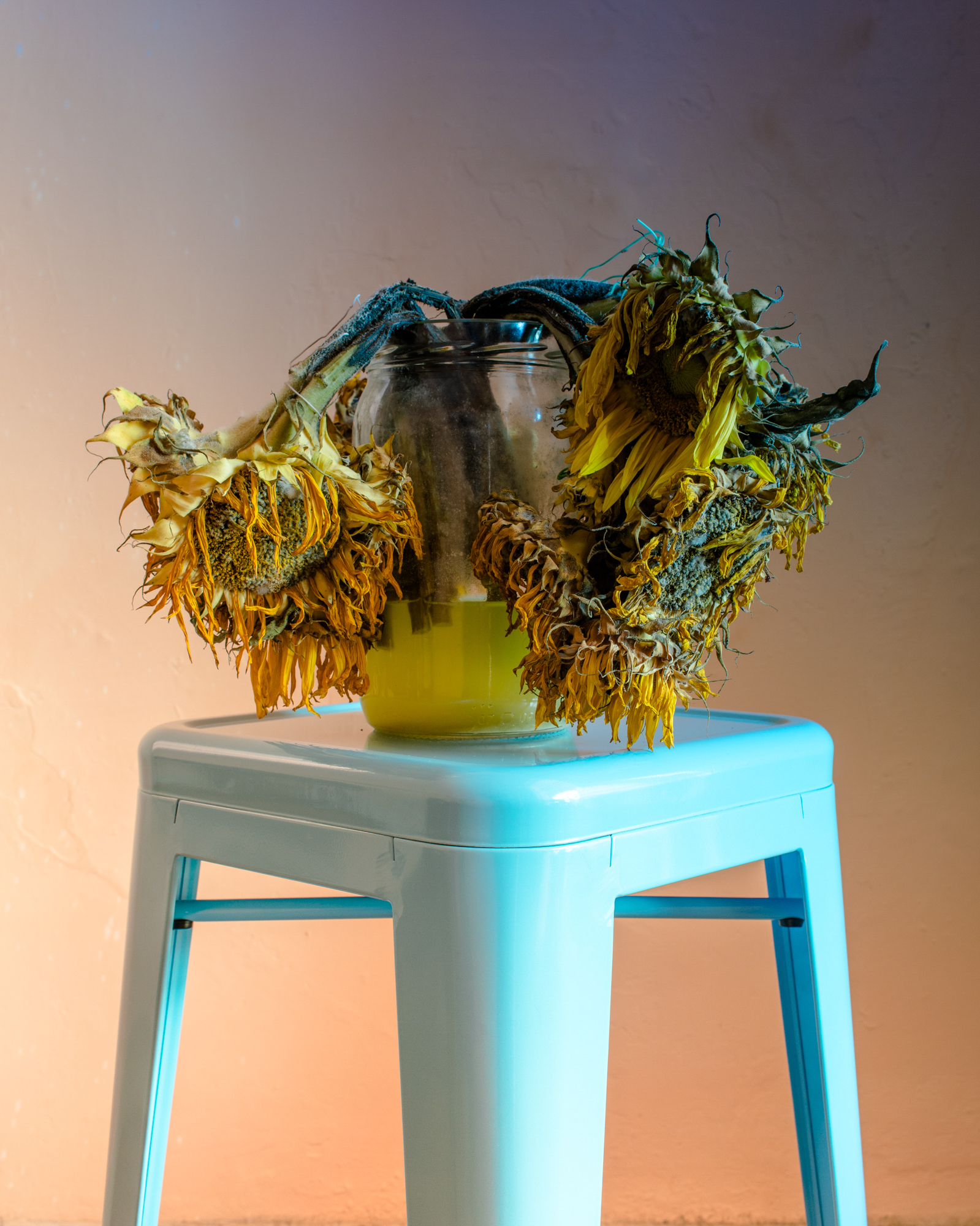
Task 20 | Abstract a scene, that it becomes a new meaning
Category : Task
Abstraction is a technique in which an artist or photographer takes a real-life scene or subject and distorts or simplifies it in some way, creating a new and often more expressive or symbolic interpretation of the original.

01 | Der perspektivische Blick
Category : Lectures
„Komposition ist die Einheit mit der Umgebung.“ – Henri Cartier-Bresson Die Basis der Komposition ist die Einheit mit der dich...
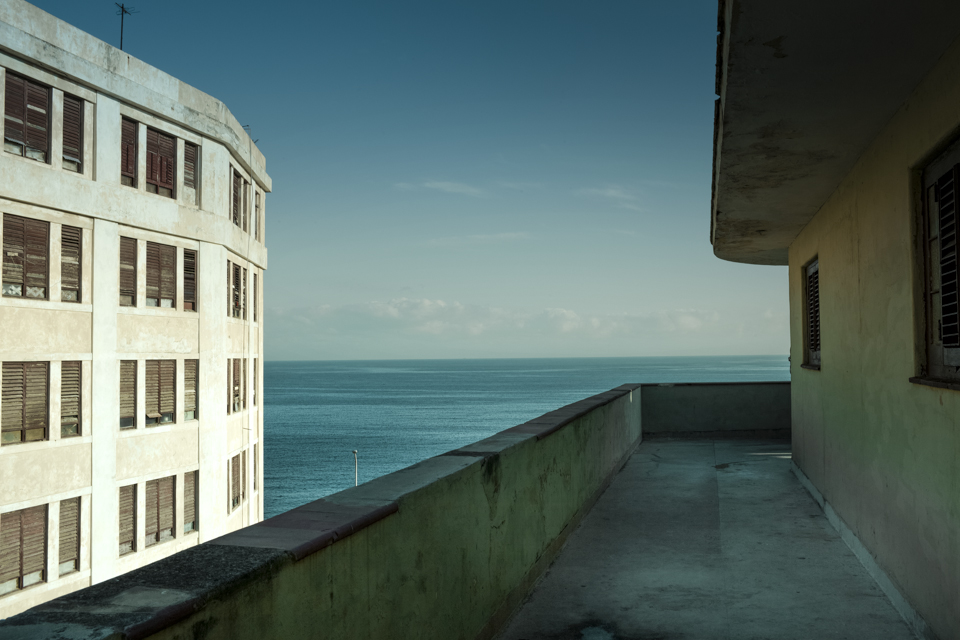
02 | Fluchtpunkt
Category : Lectures
In der Fotografie geht es um Verbundenheit und Präsenz, Sie vereint die Energie, Schwingungen und das visuelle Erleben. Sie zeigt...

03 | Fensterblicke
Category : Lectures
„Die Kamera ist ein Instrument, das uns lehren kann, wie man ohne Kamera sieht“. – Dorothea Lange Die Aussage von...
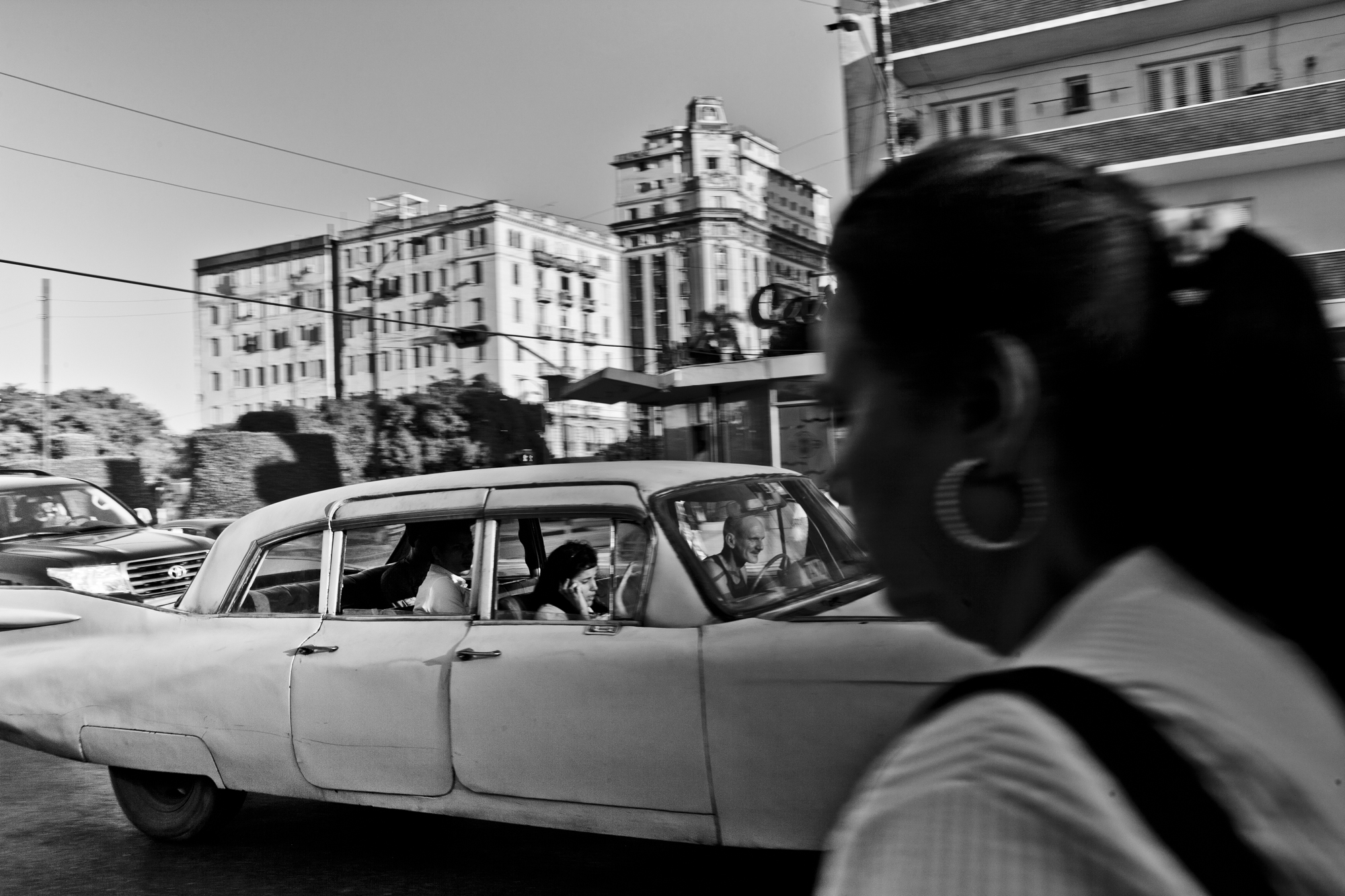
04 | Intention
Category : Lectures
Die ursprüngliche Absicht, die uns leitet beim Fotografieren, bestimmt, was wir zeigen, was wir ausdrücken wollen. Sie formt das Bild,...

05 | Akt der Fotografie
Category : Lectures
„Die Fotografie ist eine Art der Kommunikation. Sie ist ein Sprachrohr. Sie ist eine Art, die Welt zu sehen und...
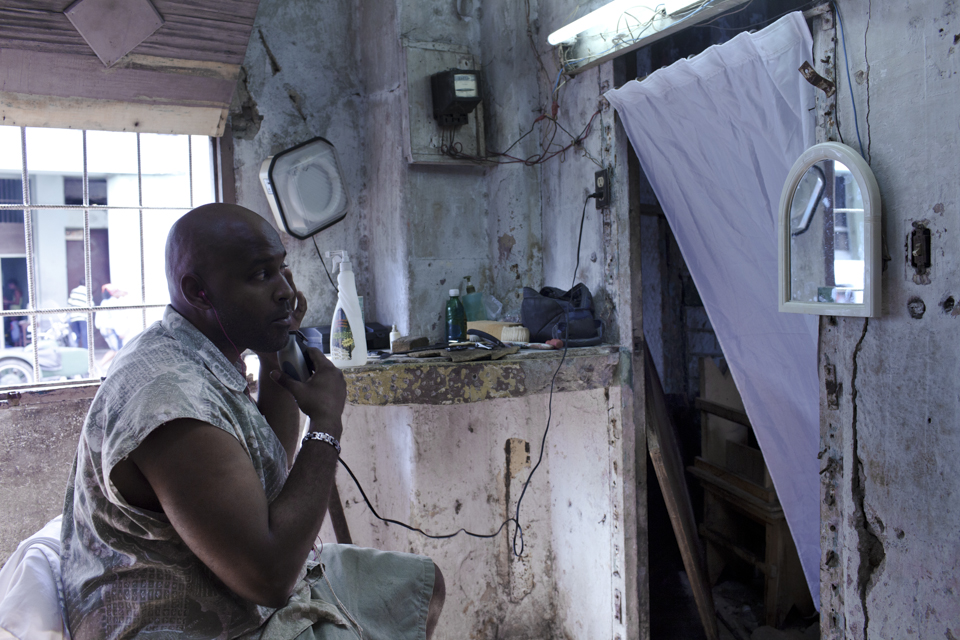
06 | Ästhetik der Armut
Category : Lectures
„Fotografie ist ein wichtiges Werkzeug, um die Würde und die Stärke der Menschen in Armut zu zeigen.“ – Sebastião Salgado...
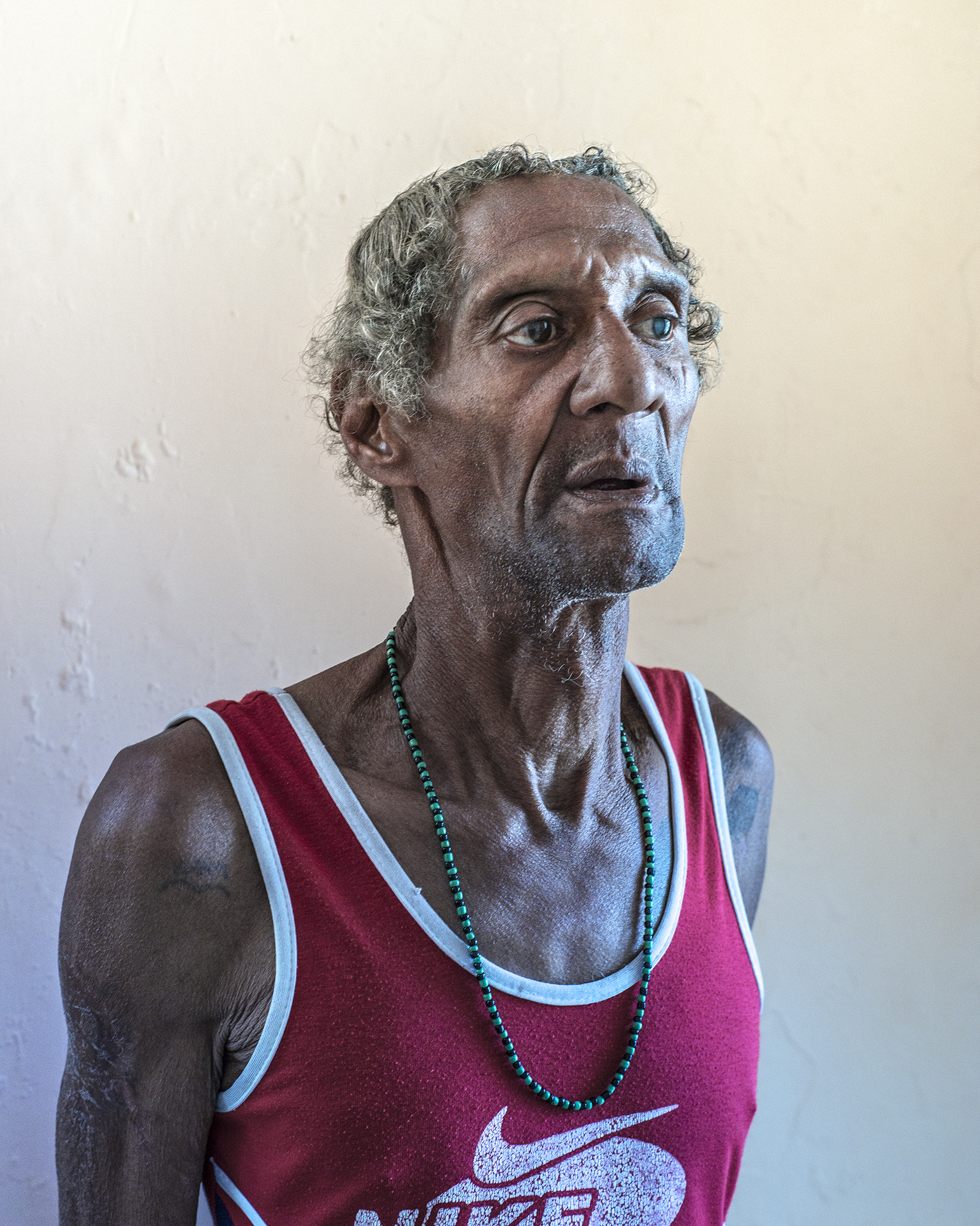
07 | Portraiture
Category : Lectures
Der Blick wird zum Spiegel der Seele und ist Spiegelbild zugleich. „A portrait is a way of looking at someone,...
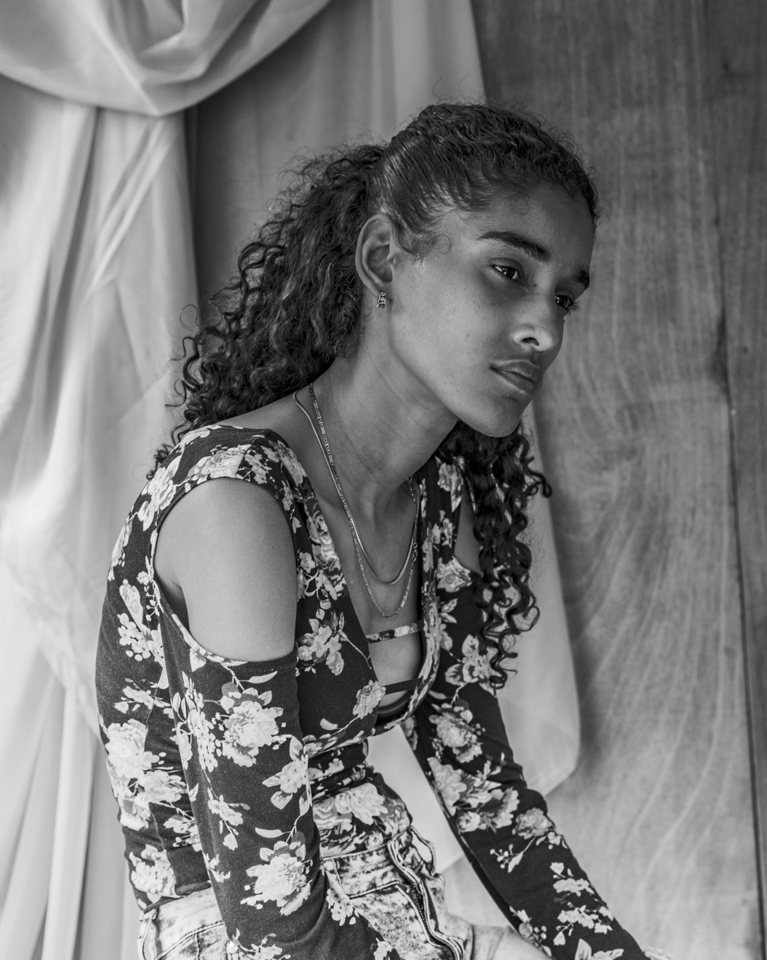
08 | Auratische Oberflächen
Category : Lectures
„Normalerweise ist das Motiv des Bildes, nicht das Motiv des Werkes.“ – Roni Horn In der Fotografie gibt es viele...

09 | Spiegelbilder
Category : Lectures
Porträts sind wie Fenster, durch die wir in die Seele blicken können. Sie zeigen uns die Gedanken und Emotionen, die...
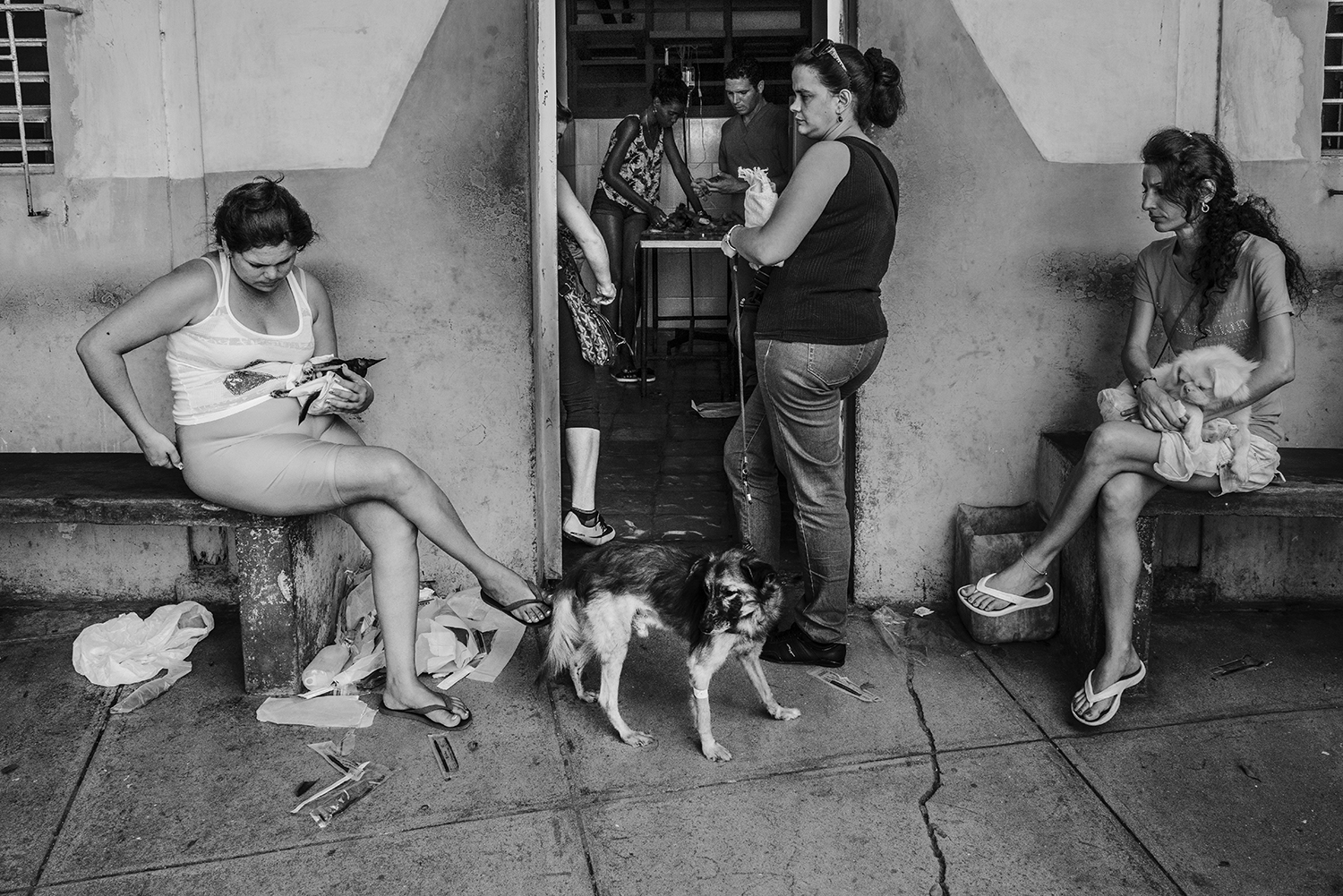
10 | Das Punctum
Category : Lectures
„Das Punctum ist wie ein Schuss, der von dem Foto ausgeht und mich trifft, genau hier, in diesem Teil meines...
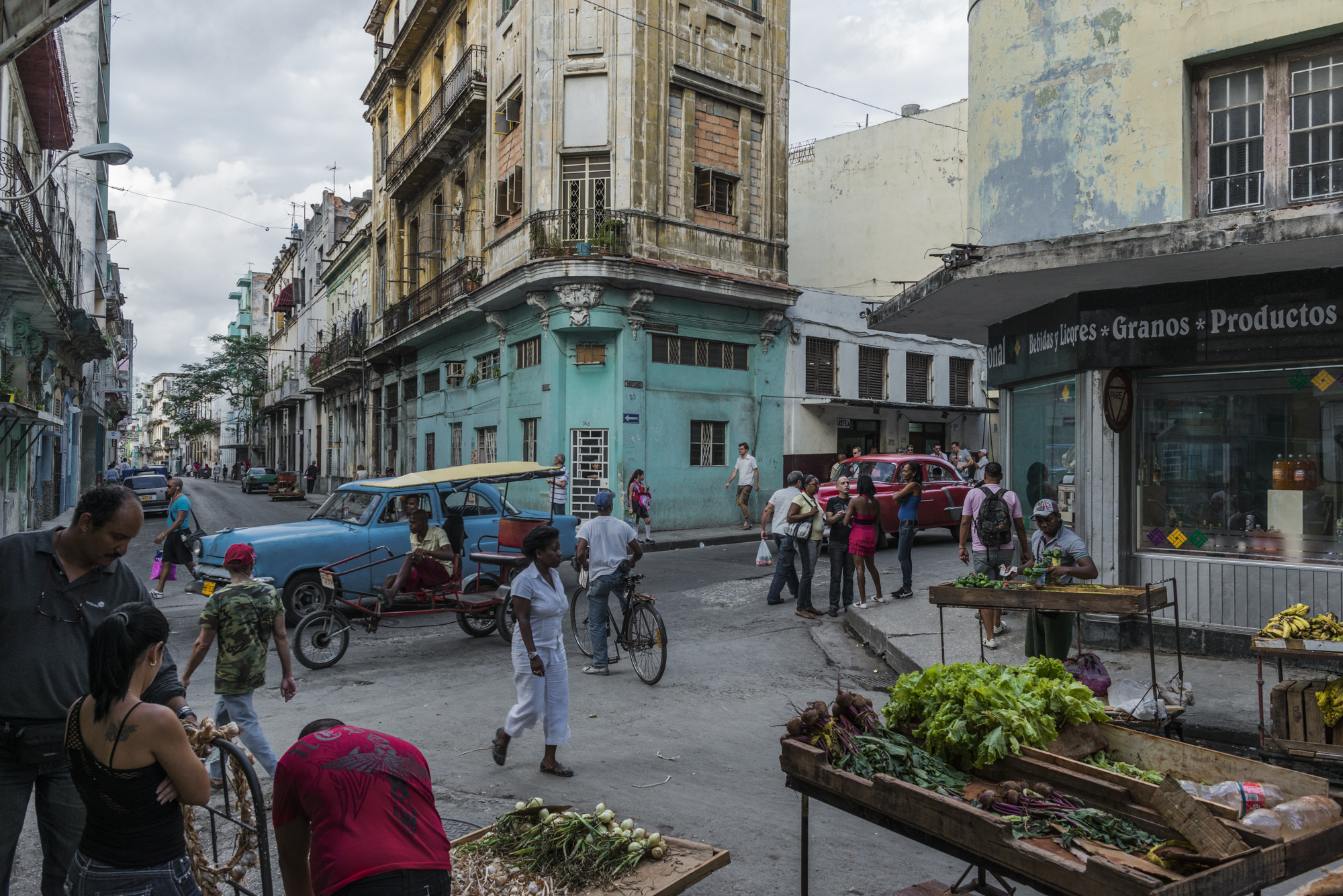
11 | Theater der Strasse
Category : Lectures
Theater der Strasse Fotografieren ist Kunst Sprachrohr für die Seele Inspiration in der Hand Verbindung mit der Welt Kamera liebt...
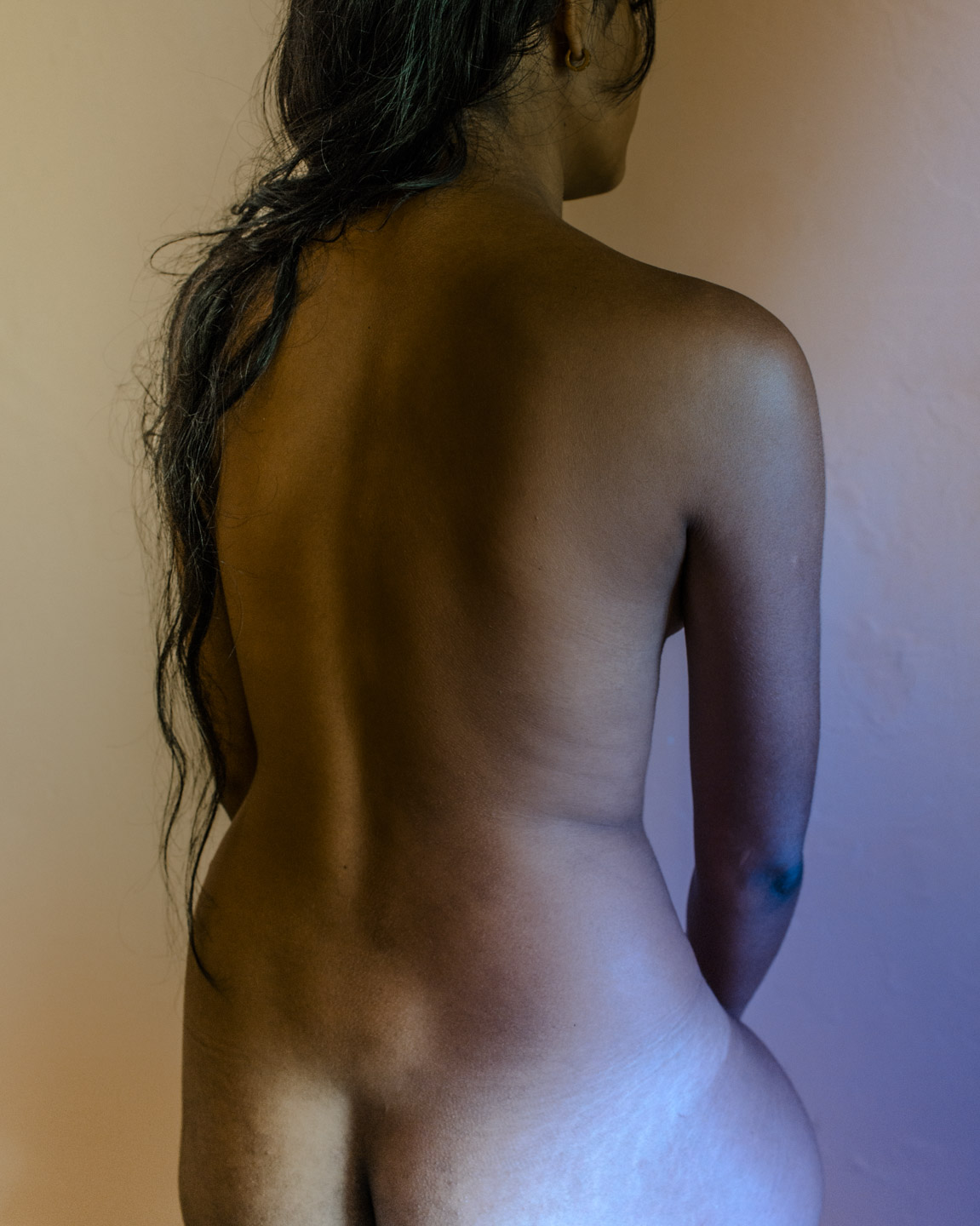
13 | Körper
Category : Lectures
Der menschliche Körper, ist mehr als nur eine Hülle, die uns trägt Er ist ein Spiegel der Seele, in der...
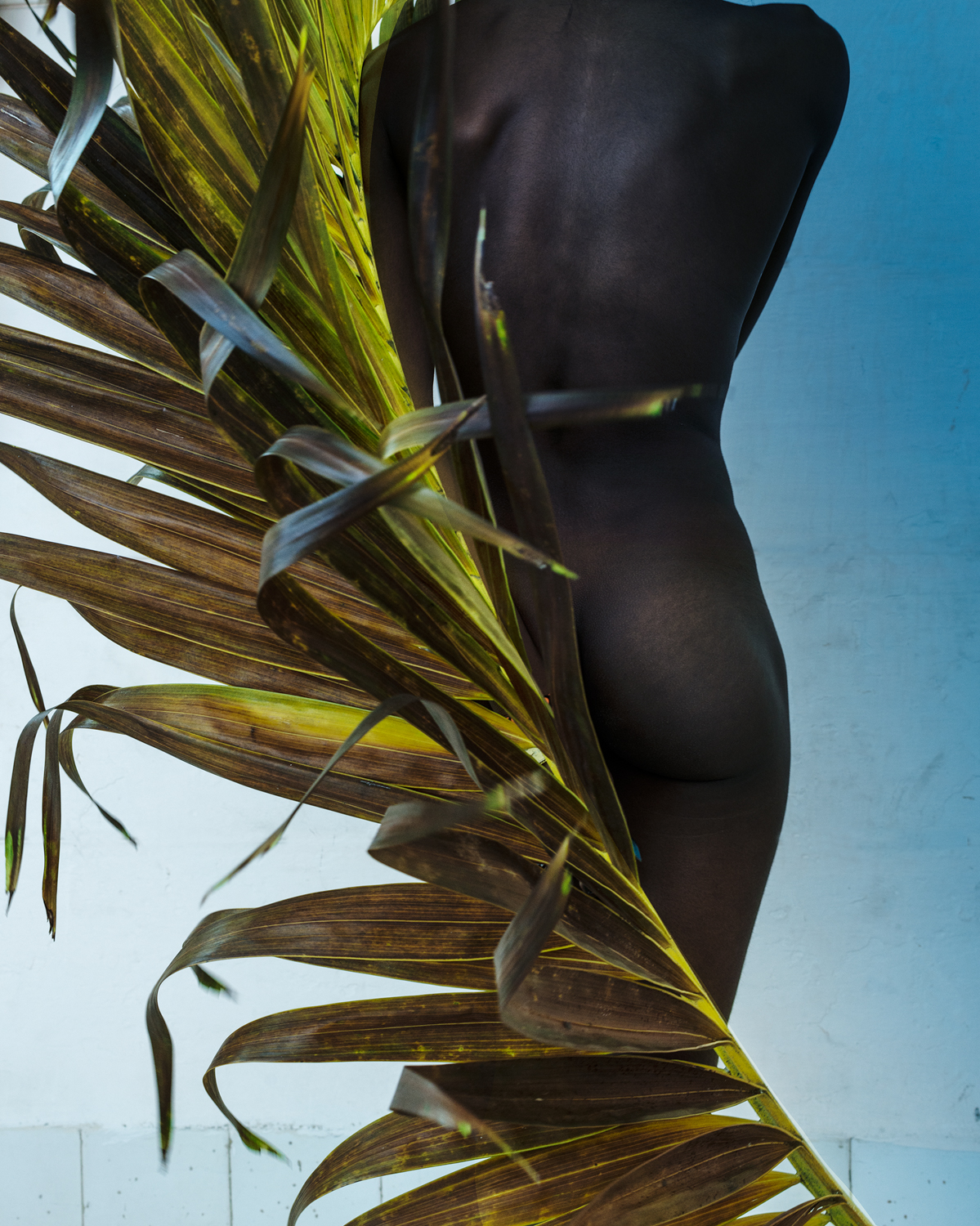
14 | Die Seele des Körpers
Category : Lectures
„Der menschliche Körper ist der Tempel der Seele und das Auge ist sein Fenster.“ – William Shakespeare Der menschliche Körper...
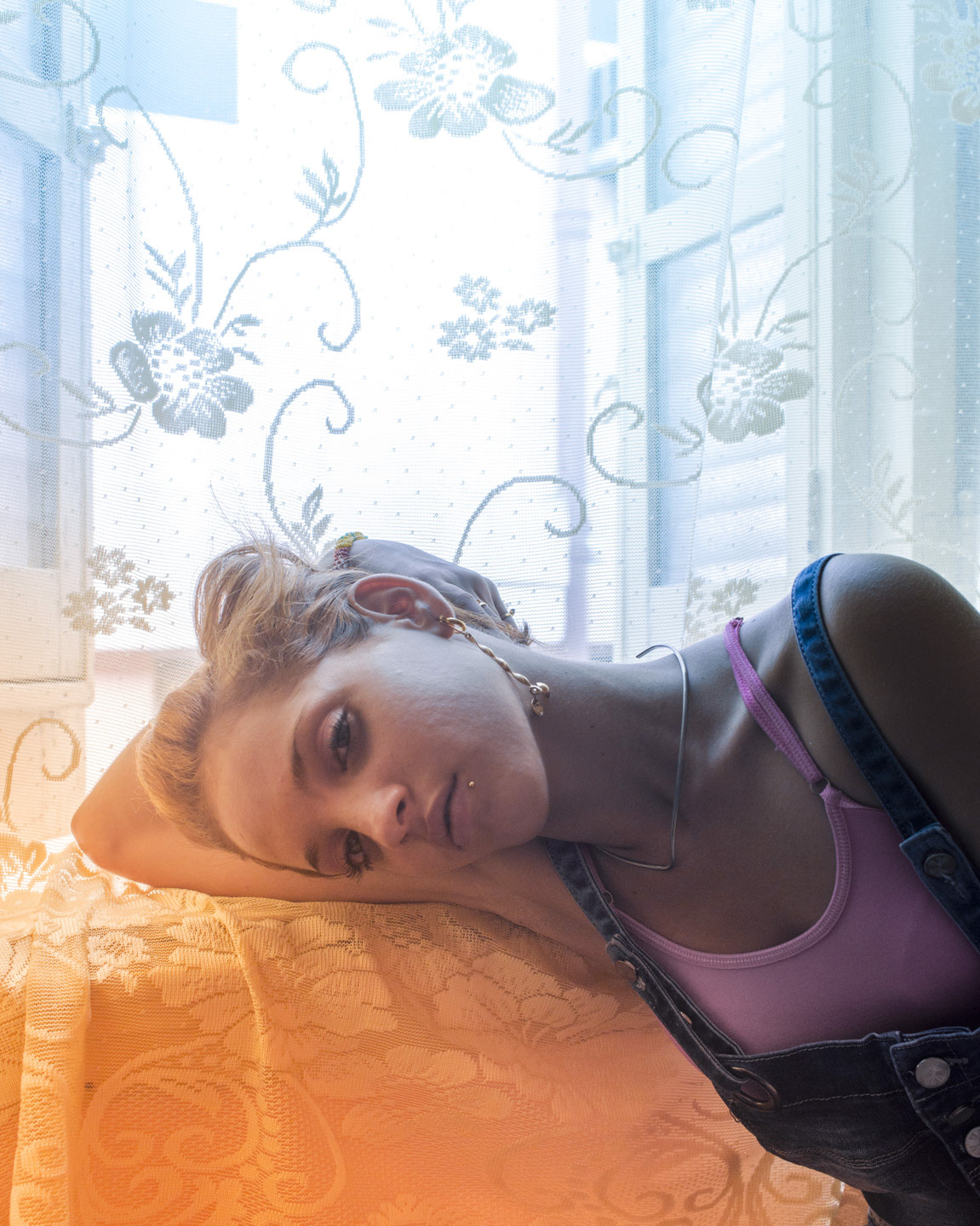
15 | Windows
Category : Lectures
Windows can be a powerful tool in photography, providing natural light, a frame for the subject, and a sense of place.
